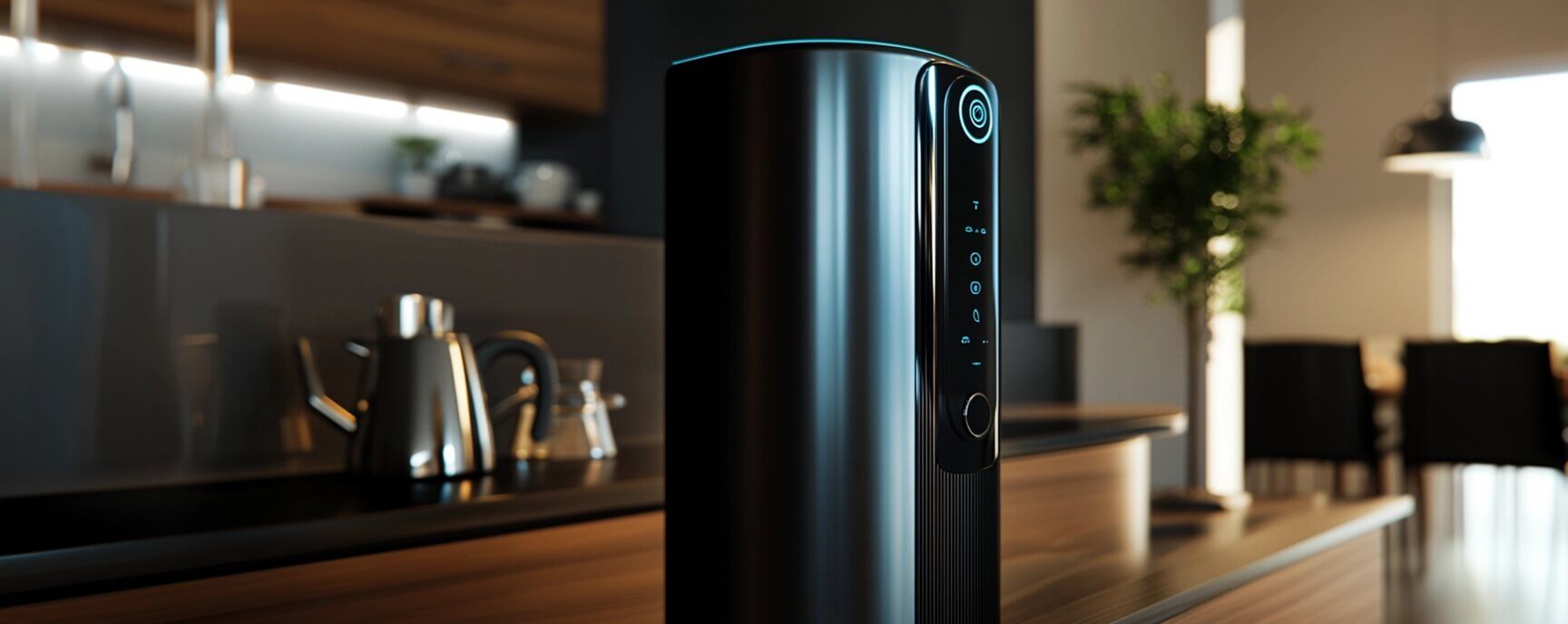Author: Editorial board

5 Ways to Improve Energy Efficiency by Integrating LEDs into Your Appliance Designs
Energy efficiency means sustainability, making it a top priority in today’s appliance design.
LED lighting and signaling systems are among the most innovative and elegant solutions to reduce consumption and enhance energy performance. But how can you effectively integrate this technology into your designs?
In this article, you'll discover five practical ways to make the most of LED technology, optimizing energy savings without compromising performance or design. If you're a technician, product designer, industrial designer, or design engineer, these tips will guide you toward cutting-edge solutions.
Why Are LEDs the Best Choice for Energy Efficiency?
LEDs (Light Emitting Diodes) have revolutionized the world of lighting and signaling. They consume significantly less energy than traditional technologies, last much longer, and offer superior luminous efficiency.
But there's more: LED-based signaling and lighting systems also provide greater design flexibility, making them ideal for appliance projects that require highly efficient and customized solutions.
1. Choose High-Performance LED Indicators
Not all LEDs are the same. Low-quality components can undermine energy savings, durability, and product reliability.
Always opt for high-efficiency, certified LEDs that guarantee:
- Lower energy consumption
- Longer operational life
- Sustainability
- Higher perceived quality by users
2. Optimize Thermal Design
Proper heat dissipation is essential to ensure LED systems work efficiently. Poor heat management can lower efficiency and shorten lifespan, ultimately affecting performance.
3. Use High-Efficiency LED Drivers
Low-quality LED drivers can cause significant inefficiencies, canceling out the benefits of LED technology. Choose components that offer:
- High conversion efficiency
- Integrated protection against overvoltage or short circuits
These measures will reduce overall consumption and ensure greater system stability, allowing you to maximize the benefits of LED lighting or dashboard systems.
4. Adopt Modular Solutions for Design Flexibility
Appliance projects often require quick adaptations and custom solutions, making LED system integration more complex. A great approach is to use pre-configured and customizable modules that help reduce time-to-market.
Always available, and easy to repair and replace, modular solutions provide additional cost savings while ensuring compatibility with various applications. Modular design simplifies your workflow and enhances long-term reliability.
5. Reduce Energy Consumption with Smart Control Systems
Many appliances operate inefficiently due to a lack of lighting control systems.
Integrating smart signaling technologies such as reliable operation indicators, energy-efficient LED signals, and ultra-sensitive status indicators reduces energy consumption and makes your products safer, more sustainable, and more competitive.

FAQs
1. What are the advantages of LEDs over traditional lamps?
LEDs use up to 90% less energy and last significantly longer, reducing maintenance costs.
2. How do I choose the right LED indicator for an appliance?
Consider factors like:
- Maximum available space
- Required efficiency and aesthetics
- Materials for proper heat dissipation
- Maximum operating temperature
3. Can LEDs reduce energy consumption?
Yes, LEDs are highly efficient and can significantly contribute to overall energy savings.
4. Can I customize LED lighting and signaling systems?
Yes, LED-based systems offer great design flexibility, allowing you to customize intensity, color, and format to meet specific needs.
5. How can I improve heat dissipation in LED projects?
Use heat sinks and thermally conductive materials to optimize thermal management and enhance efficiency.
What smart technologies can improve LED efficiency?
Motion sensors, remote controls, and ultra-efficient standby modes are key technologies for boosting energy efficiency.
Extra Tips
- Color Customization: Use LEDs with adjustable color temperatures to adapt lighting to different conditions.
- Energy Monitoring: Integrate monitoring systems to analyze real-time energy consumption and optimize performance.
- Innovative Materials: Experiment with next-generation materials to improve thermal conductivity and reduce overall weight.
- User-Friendly Design: Opt for LED lighting and signaling solutions that simplify installation and maintenance, enhancing user satisfaction.
SLIM’s LED Solutions
SLIM’s LED indicators, micro spotlights, and backlighting solutions are the ideal choice for boosting energy efficiency in appliance design.
With a wide range of standard components and fully customizable options, SLIM meets all design needs, ensuring reliability, top performance, and energy savings.
If you're working on a project and want to find the best components or explore custom solutions, contact SLIM’s team. Together, we’ll identify the perfect lighting and signaling system to optimize your product.

